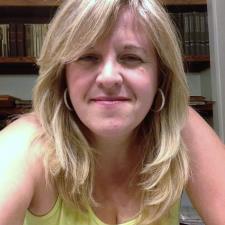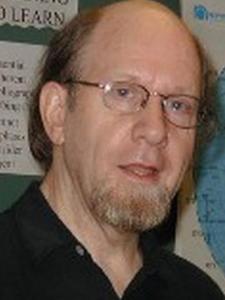Emma N. answered • 01/14/21
Experienced Tutor Specializing in Test Prep (SAT/ACT/LSAT) and History
Hi Leah!
The Scientific Revolution challenged the Catholic Church and introduced people to new ways of thinking. It was based on the idea of a universe that could be explained and understood through reason. The scientific method was created as a uniform way to seek answers to questions.
Religious tolerance gradually increased as the Catholic Church lost power and people became less religious overall.
Here are some developments from the time period (16th and 17th centuries)
- Nicholaus Copernicus and Galileo Galilei showed that the universe was heliocentric, not geocentric. This means that the planets revolve around the sun, not the Earth. Heliocentrism contradicted the Churches' claim that the Earth was the center of the universe because God had placed it there.
- Issac Newton showed that laws of physics, not divine forces govern motion on Earth and in space.
- Paracelsus showed that science, not magic, explains why people get sick and how to make them better.
Many of the prominent figures of the Scientific Revolution were Deists. They believed that God created the universe, but then stepped back and no longer influenced the world. The Scientific Revolution also contributed to the Enlightenment, another movement that caused people to question the roles of the Church and religion in their lives.

Emma N.
01/14/21
Leah S.
This was very helpful - thank you!01/14/21
Amber N.
How did the Scientific Method lead to the discredit of the Catholic church?11/05/21





Leah S.
Thank you so much for this detailed response! Why did this lead to people being more tolerant of other religions, even if they themselves were more secular? Wouldn't they still believe that if their religion was true then other religions by default must be false?01/14/21